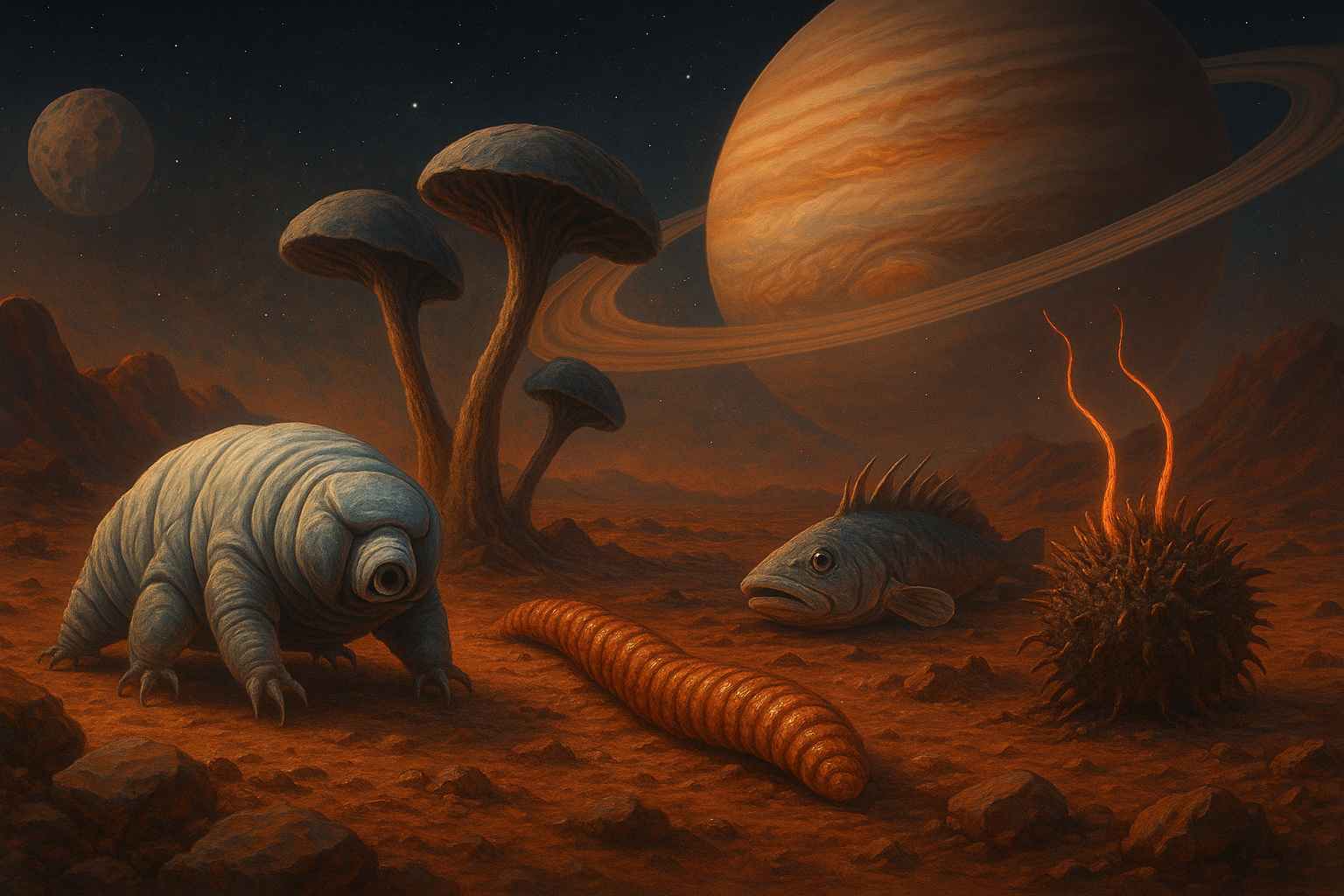From scalding volcanic vents to toxic salt flats, life on Earth thrives in places once thought completely uninhabitable. Scientists call these remarkable organisms “extremophiles”, and they’re more than Earth’s oddities—they’re living models for how life might exist beyond our world. Studying them not only reveals the stunning adaptability of biology but also fuels our search for extraterrestrial life on harsh planets like Mars or the icy moons of Jupiter.
1. Tardigrades
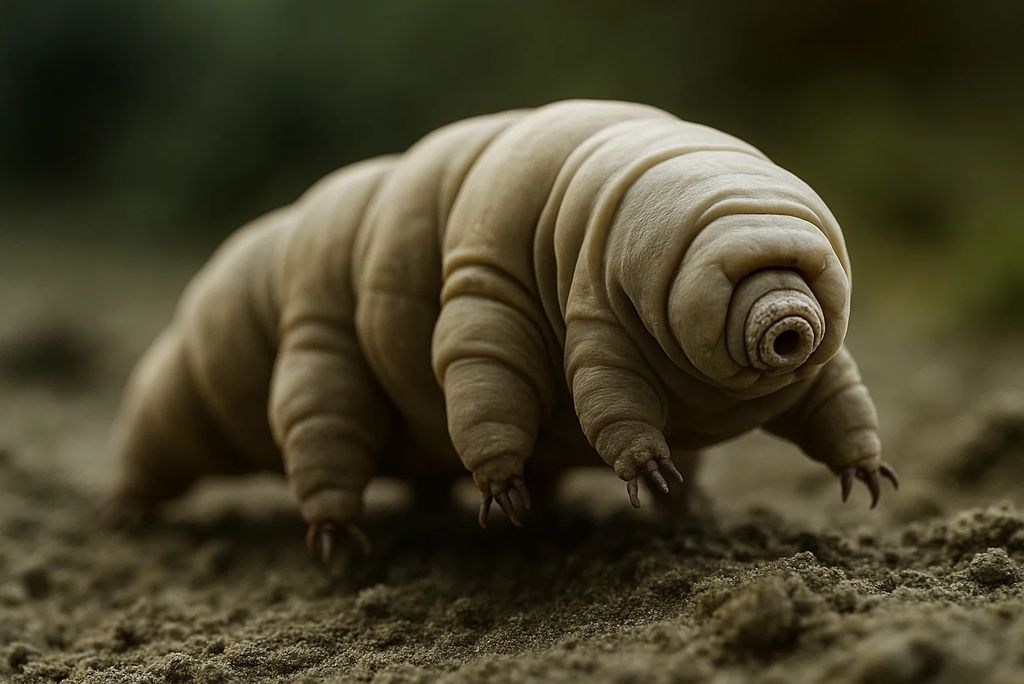
Tardigrades—affectionately known as water bears—are microscopic animals famous for surviving virtually anything. They’ve been exposed to outer space, lethal radiation, boiling heat, and frigid cold and come out alive. These creatures enter a cryptobiotic state, drying out completely and suspending their metabolism until conditions improve.
On planets with extreme dryness or high radiation like Mars, tardigrades could theoretically “sleep” until moisture or warmth returned. Their resilience makes them prime candidates in astrobiology discussions, and they’ve even been deliberately sent into orbit to test survival. Learn more about their cosmic journeys in NASA’s report.
2. Deinococcus radiodurans
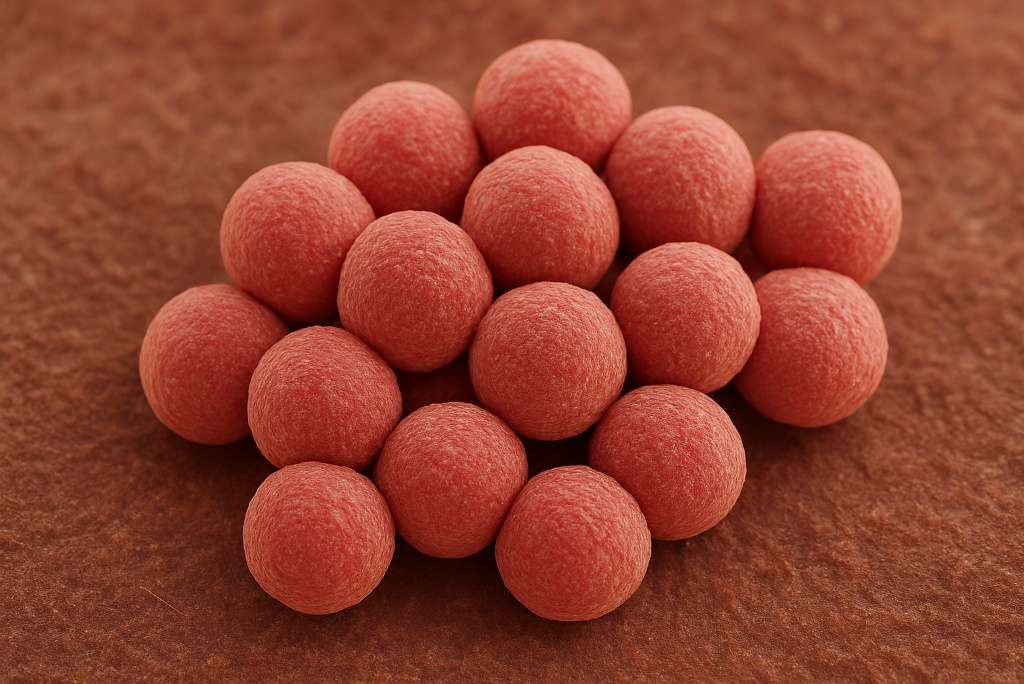
Nicknamed “Conan the Bacterium”, Deinococcus radiodurans is the ultimate radiation survivor. It can endure up to 5,000 Gy of ionising radiation—a dose that would obliterate most life. Its robust DNA repair mechanisms make it capable of reassembling shattered chromosomes, an asset on planets with harsh solar radiation like Mars or Europa.
Scientists are intrigued by its ability to resist desiccation and vacuum conditions, both relevant for space environments. The bacterium has even been used in experiments for bioremediation in radioactive waste zones on Earth. For more details, visit Scientific American.
3. Thermococcus gammatolerans
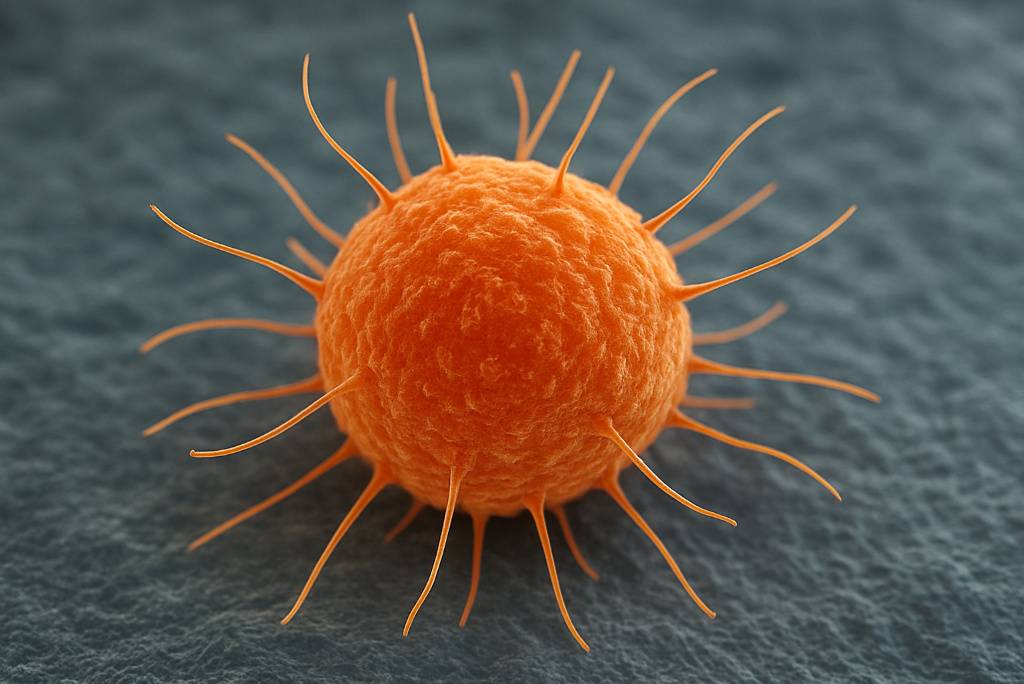
Found in deep-sea hydrothermal vents, Thermococcus gammatolerans tolerates intense heat and radiation. It grows comfortably at 88°C (190°F) and can withstand gamma radiation doses over 30 times what would kill humans. Such abilities hint at life potentially thriving beneath the icy crusts of moons like Enceladus, where hydrothermal activity might produce similar conditions. As research into extraterrestrial oceans intensifies, this microbe offers clues about possible alien ecosystems. For insights into extremophile genetics, read this Nature article.
4. Halobacterium salinarum
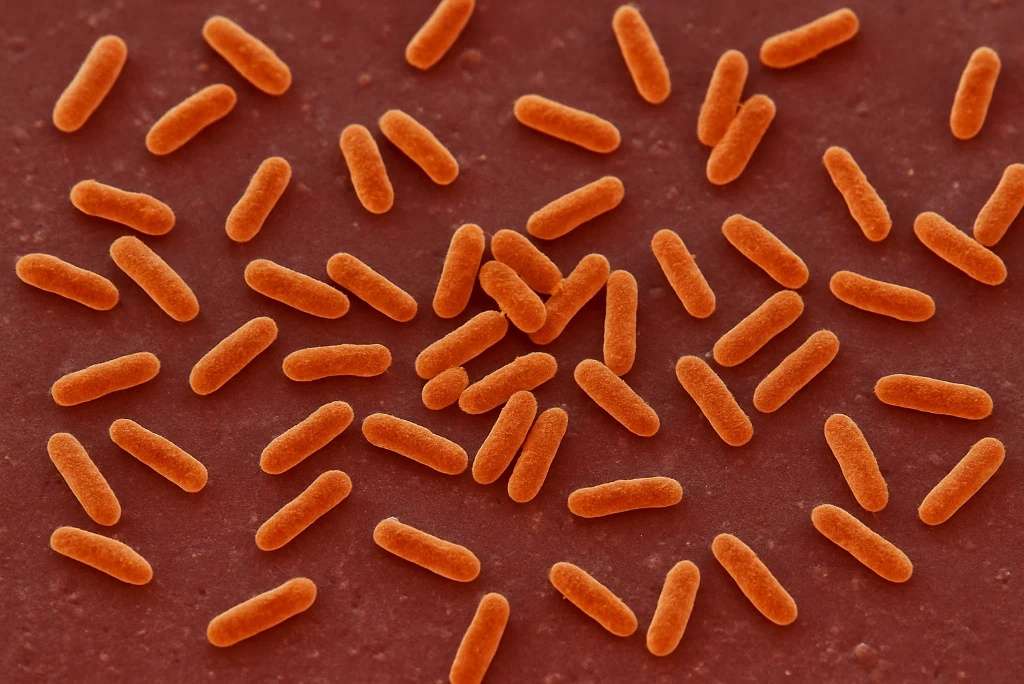
This salt-loving archaeon thrives in hypersaline lakes like the Dead Sea, where few other organisms survive. Halobacterium salinarum uses light-driven pumps (bacteriorhodopsin) to generate energy, functioning even when oxygen is scarce. Planets with saline brines or evaporated salt crusts—like Mars—could host similar organisms if water periodically returns. These microbes also tolerate significant UV radiation due to protective pigments. Researchers explore their bio-signatures as potential markers in future Martian missions. Learn more at Astrobiology Magazine.
5. Acidithiobacillus ferrooxidans
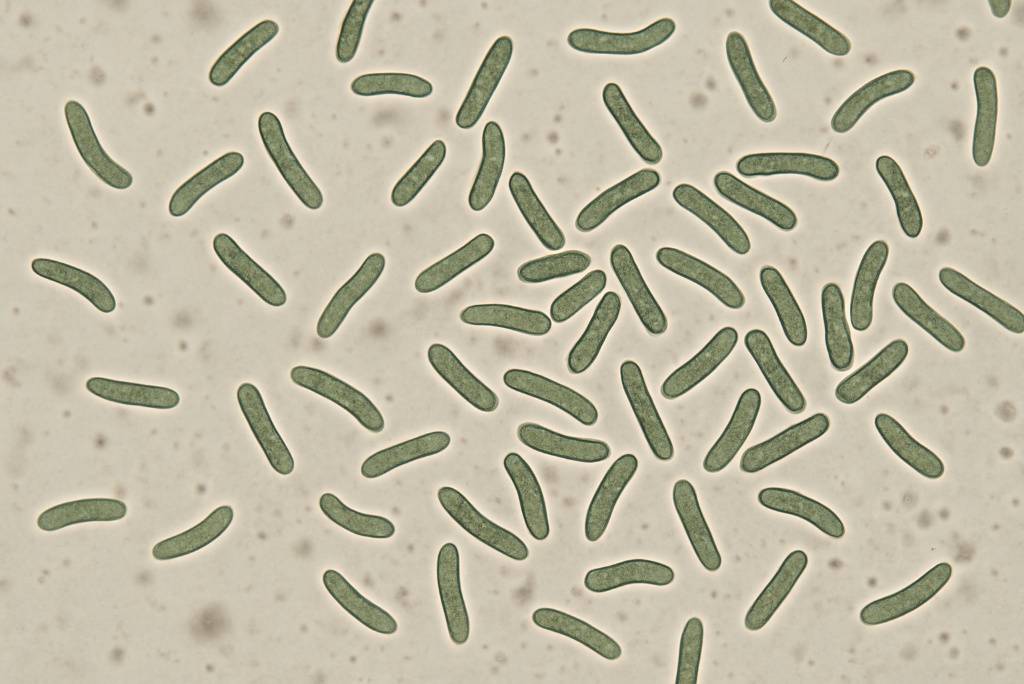
Living in acidic mine drainage and volcanic soils, Acidithiobacillus ferrooxidans can endure pH values below 1.0. It derives energy from oxidising iron and sulphur compounds—chemistries present on Mars and possibly on Europa. Its presence in metal-rich environments offers a model for microbial survival on rocky planets with acidic brines. Scientists also examine its potential for bio-mining metals on other worlds. More on this extremophile is available via National Geographic.
6. Picrophilus torridus
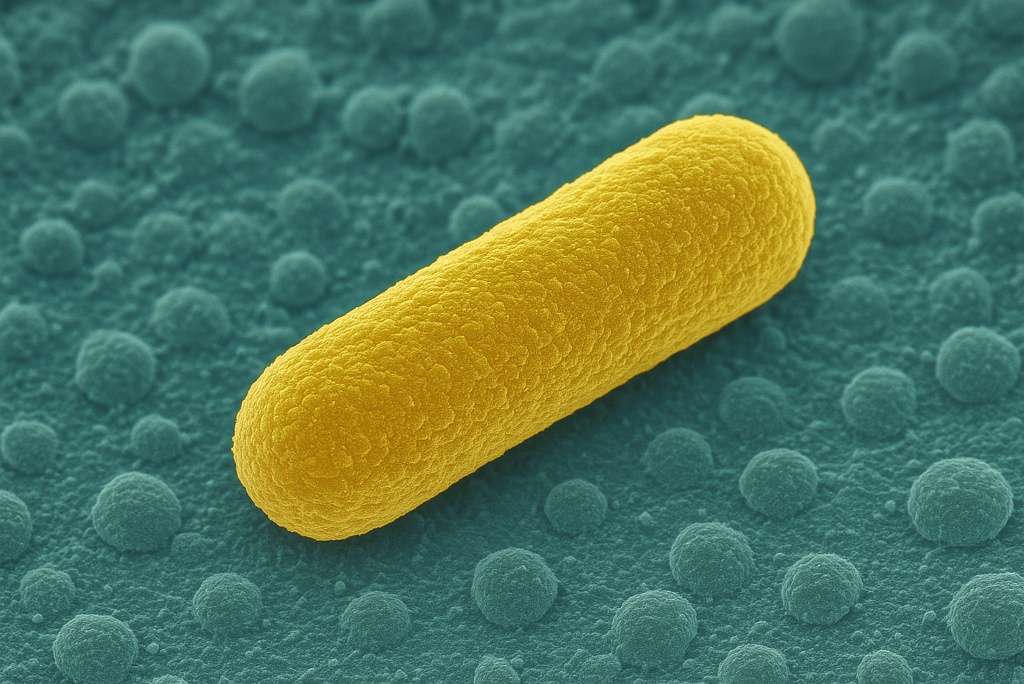
Picrophilus torridus holds the record for thriving at the lowest pH of any organism, around 0.06—akin to battery acid. Isolated from acidic hot springs in Japan, it also tolerates high heat (60°C/140°F). Such acid tolerance could suit worlds with sulphuric acid clouds or surface deposits, like Venus, although temperature extremes would challenge even this organism. Nonetheless, it provides a tantalising model for life in acidic extraterrestrial habitats. More details can be found in Science Daily.
7. Pyrolobus fumarii
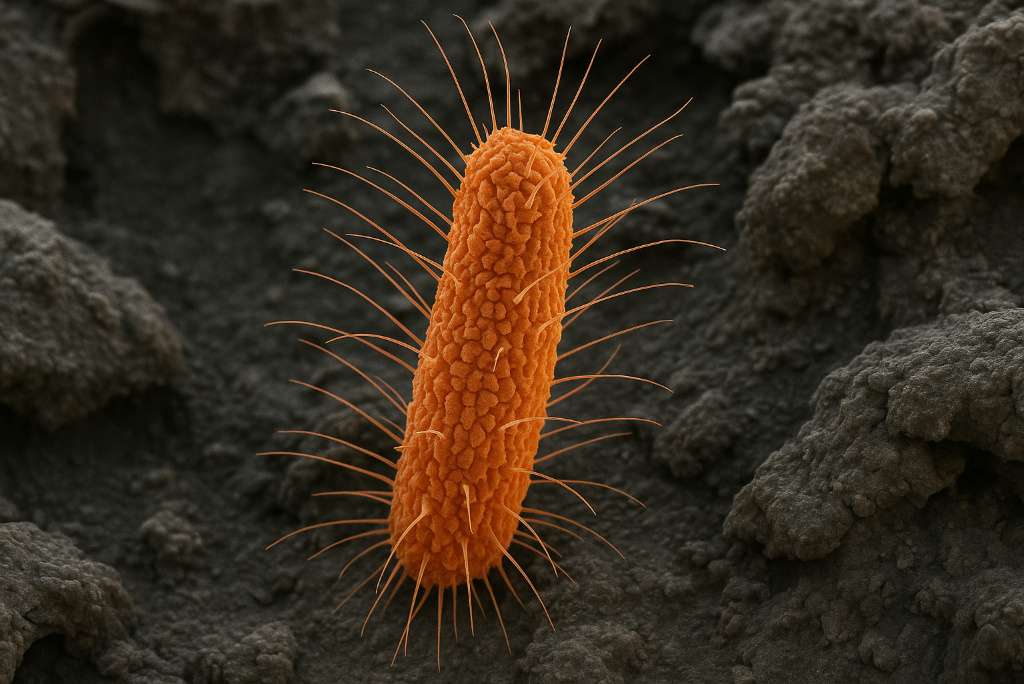
A resident of hydrothermal vent walls, Pyrolobus fumarii grows at astonishing temperatures up to 113°C (235°F). This hyperthermophile’s resilience suggests life could exist near geothermal heat sources on icy worlds. Beneath Europa’s or Enceladus’s ice, similar vents might fuel alien ecosystems. Its metabolism involves using metals as electron acceptors—a trait useful where sunlight can’t penetrate. Find out more from Microbiology Society.
8. Antarctic Ice Fish
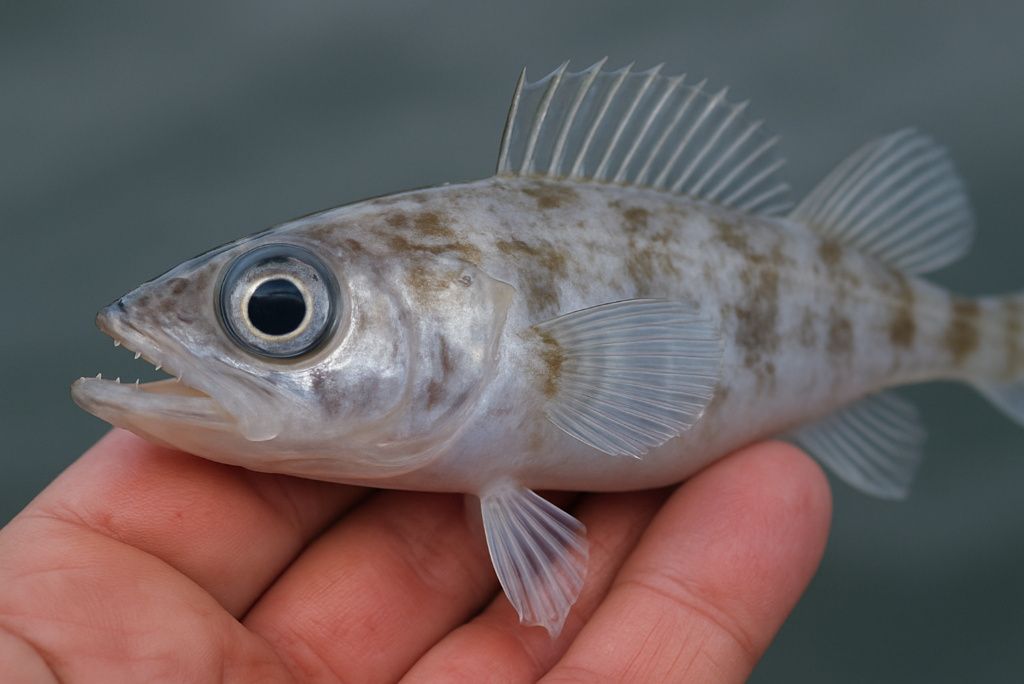
These fish survive in freezing Antarctic waters thanks to “antifreeze” proteins that prevent ice crystals from forming in their blood. Such biochemical tricks could help life endure subzero conditions on planets or moons with liquid water beneath icy crusts. While vertebrates might be unlikely space travellers, the ice fish’s mechanisms inspire bioengineering ideas for potential colonisation or terraforming technologies. Learn about them in Smithsonian Magazine.
9. Colwellia psychrerythraea
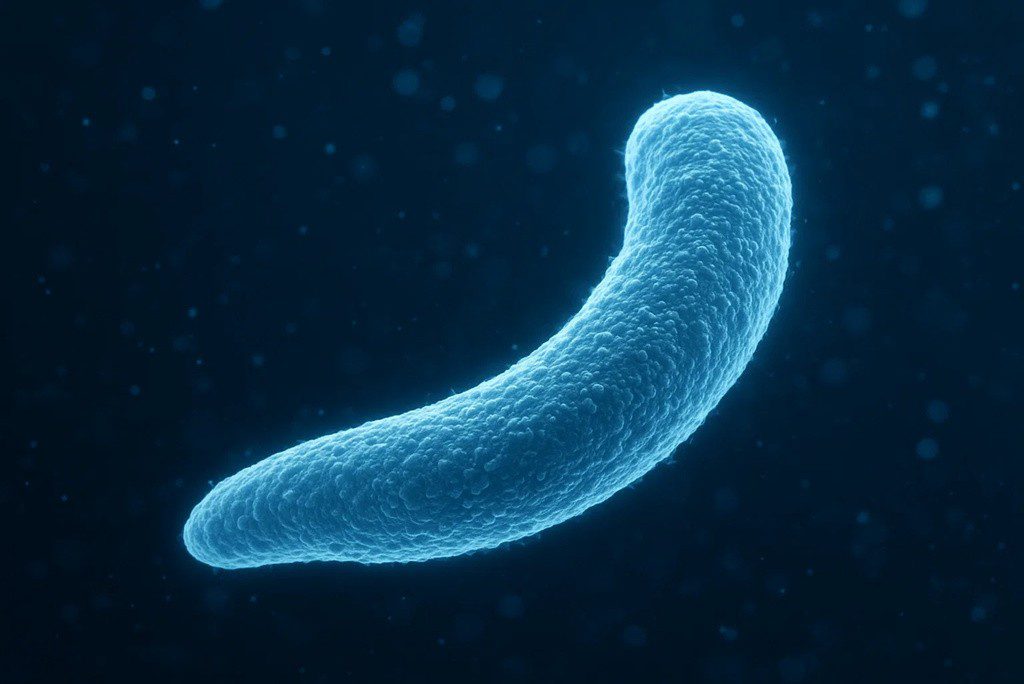
One of Earth’s cold-loving bacteria, Colwellia psychrerythraea, thrives at −20°C (−4°F). Found in Arctic and Antarctic seas, it maintains flexibility in its cell membranes and enzymes, enabling survival where most life freezes solid. Scientists see parallels for life on Mars, Europa, or Titan, where subzero temperatures are the norm. This bacterium demonstrates how life can adapt cellular processes for extreme cold. More information is available via NASA Astrobiology.
10. Galdieria sulphuraria
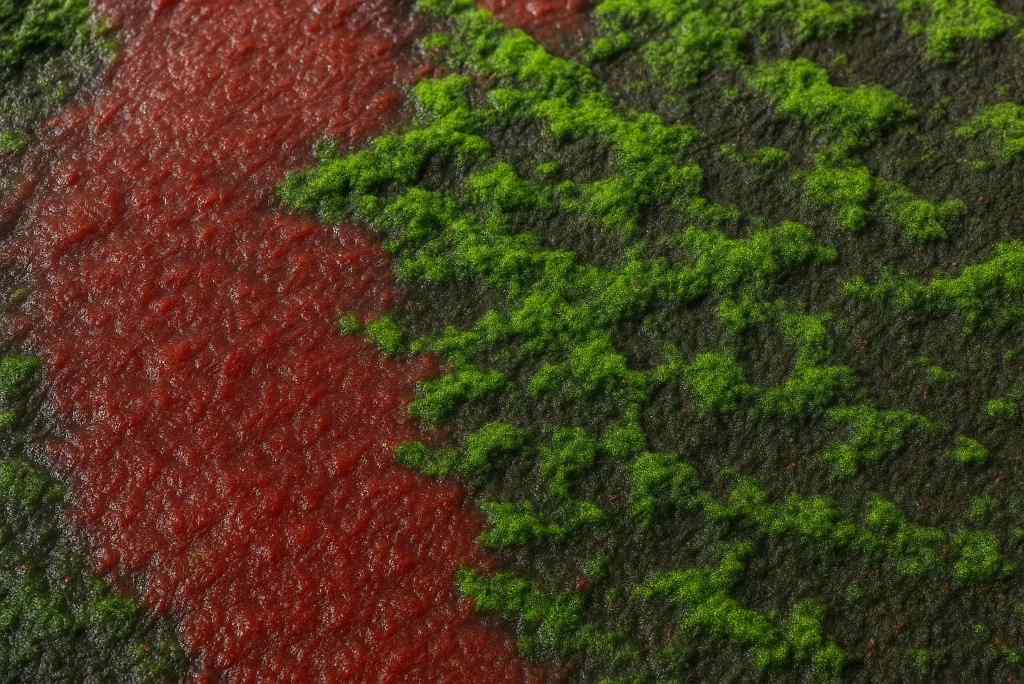
A red alga that flourishes in acidic hot springs and volcanic soils, Galdieria sulphuraria can grow both with and without sunlight, using either photosynthesis or chemical energy from minerals. This flexibility suggests how life could survive on planets with long periods of darkness or harsh chemical environments. Its genome shows incredible adaptability, making it a prime subject in astrobiology. Read more from Frontiers in Microbiology.
11. Planococcus halocryophilus
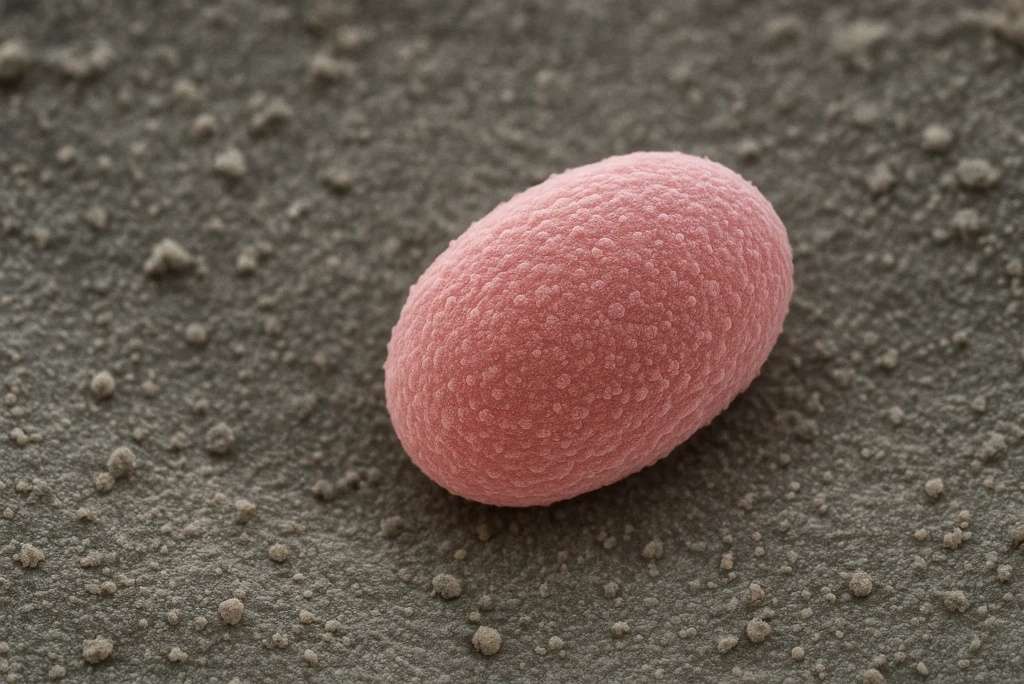
This bacterium grows in salty permafrost at −15°C (5°F). Found in Arctic soils, Planococcus halocryophilus tolerates desiccation and high salt levels, key survival traits on Mars. Its salt tolerance might allow it to persist in Martian brines that remain liquid below freezing. Such microbes offer hope that even dry, frigid landscapes could harbour life. See the research in PNAS.
12. Bacillus subtilis
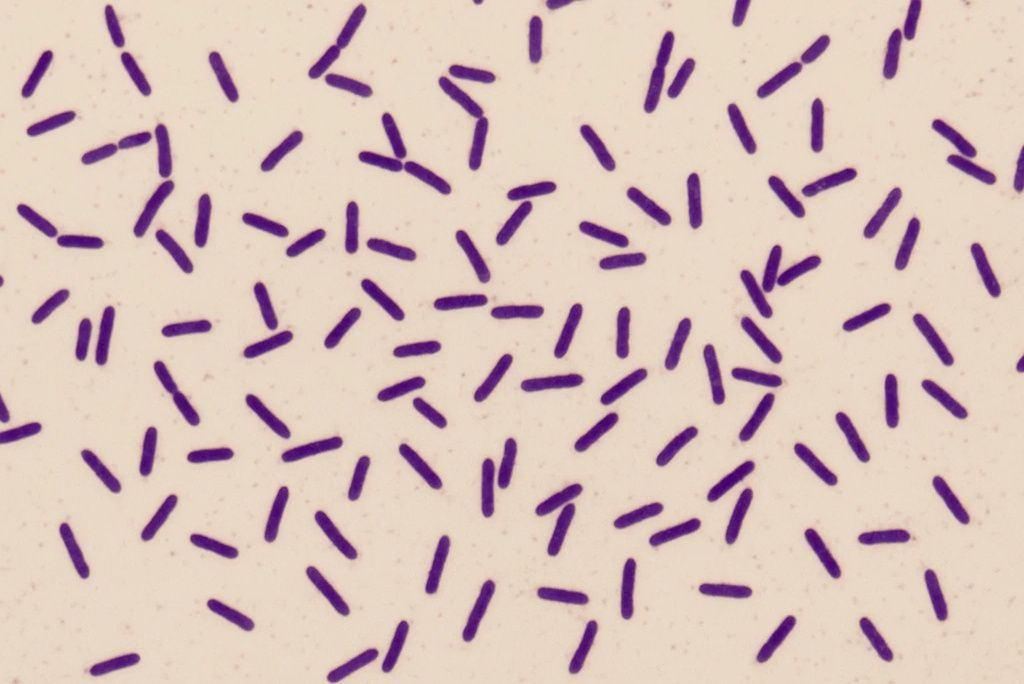
Although a common soil bacterium, Bacillus subtilis forms highly durable spores that withstand radiation, vacuum, and chemical assaults. It’s used in planetary protection studies to evaluate contamination risks during space missions. Its spores might survive interplanetary transfer—one reason scientists sterilise spacecraft. Learn about its resilience from European Space Agency.
13. Methanogens
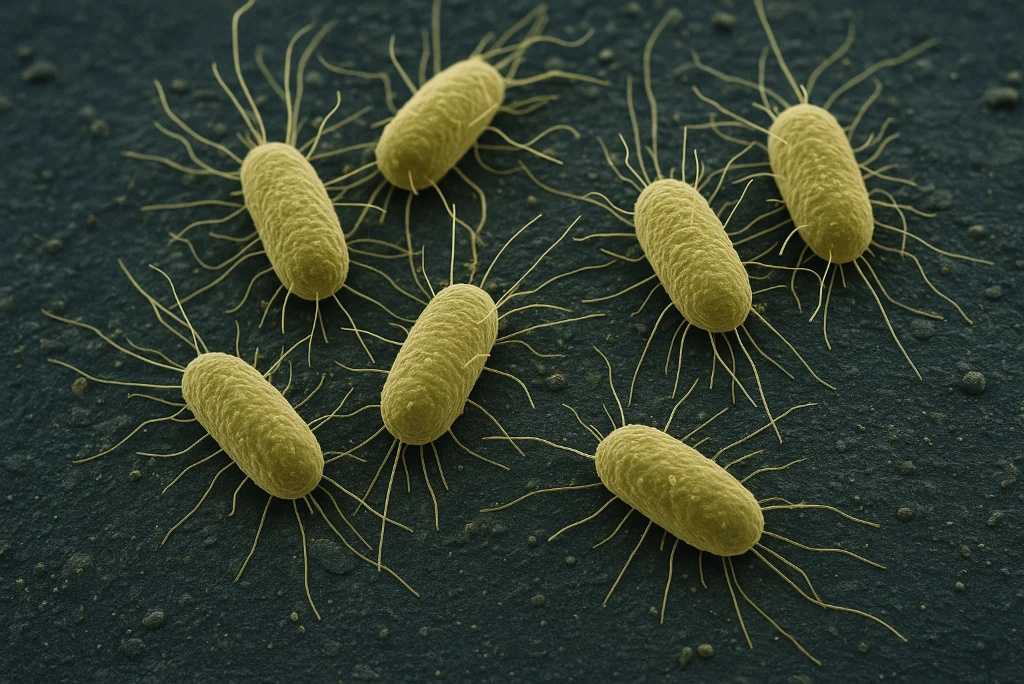
Methanogens are archaea that produce methane while consuming hydrogen and carbon dioxide, requiring no oxygen. Found in deep Earth crusts and hydrothermal vents, they could thrive in subsurface Martian aquifers or the icy interiors of Europa. The presence of methane on Mars fuels speculation about microbial methanogenesis. More on methanogens is in Nature Reviews Microbiology.
14. Radiotrophic Fungi
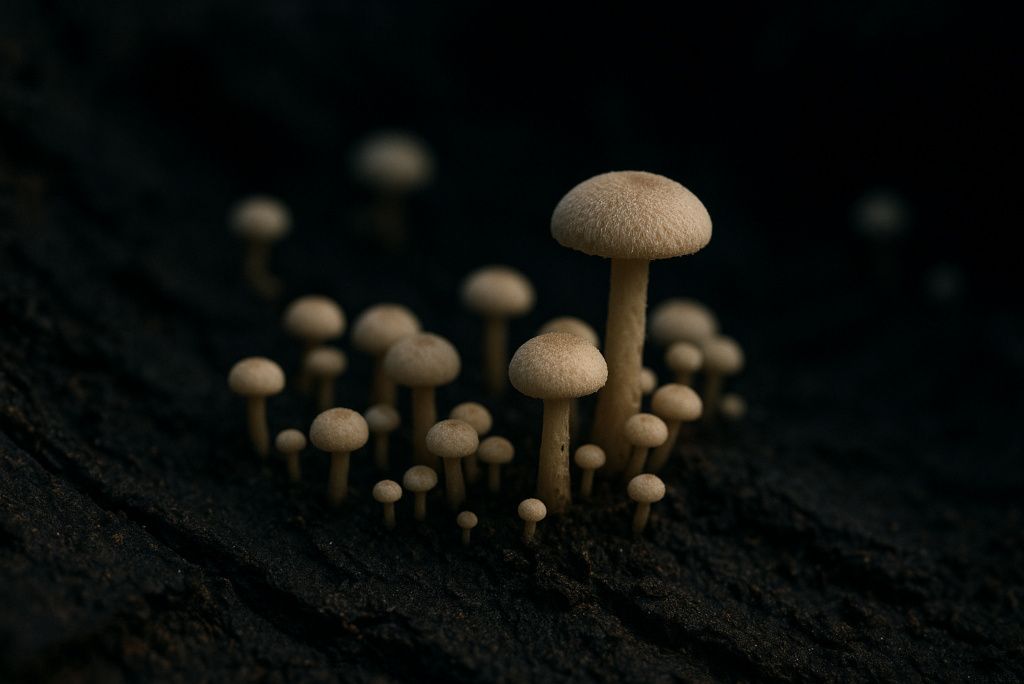
Certain fungi like Cryptococcus neoformans thrive in radiation-rich environments by using melanin pigments to convert radiation into chemical energy—a process called radiosynthesis. Found growing inside Chernobyl’s reactor ruins, they suggest how life might endure intense cosmic rays on space stations or radiation-blasted worlds. For more, check BBC.
15. Altiarchaeales
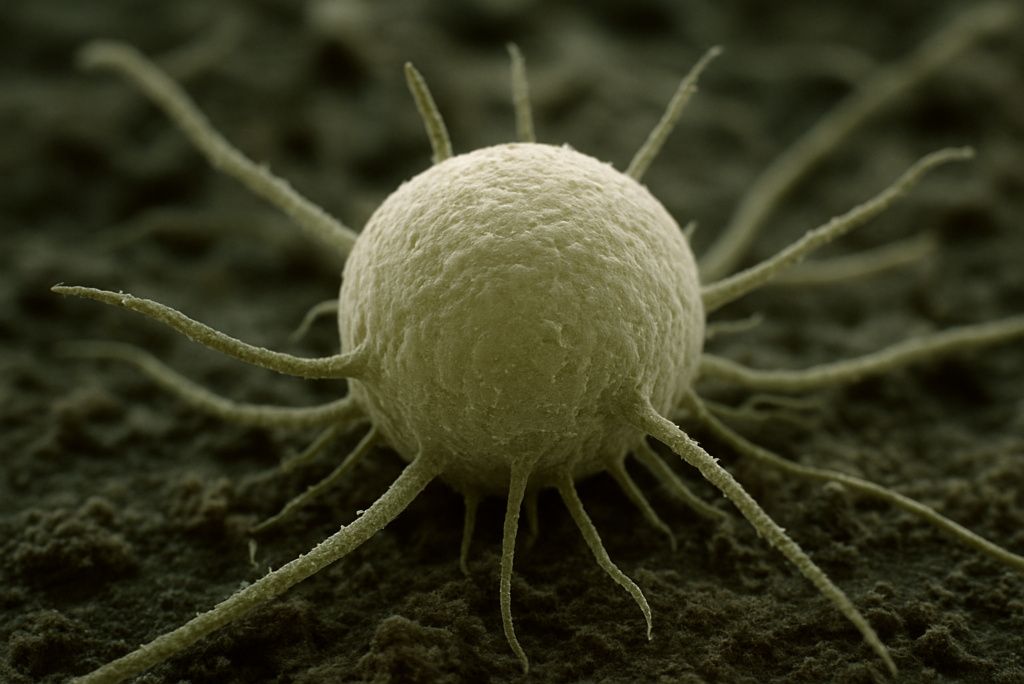
Discovered in deep subsurface aquifers, Altiarchaeales are archaea living under high pressure, in complete darkness, and with minimal nutrients. They fix carbon without sunlight, relying on chemical energy—a key survival strategy on worlds lacking surface light. This kind of metabolism is highly relevant for icy moons like Europa, where sunlight never penetrates the ocean below the ice shell. Explore this microbe’s world via Science Magazine.
These extraordinary organisms expand our imagination of what life might look like elsewhere. As scientists explore the cosmos, Earth’s weirdest survivors provide blueprints for alien life—reminding us that biology is far more versatile than we once believed.
Disclaimer: This article is for informational purposes only and does not constitute scientific or medical advice. For specialised guidance, consult professional scientific literature or experts in astrobiology.

